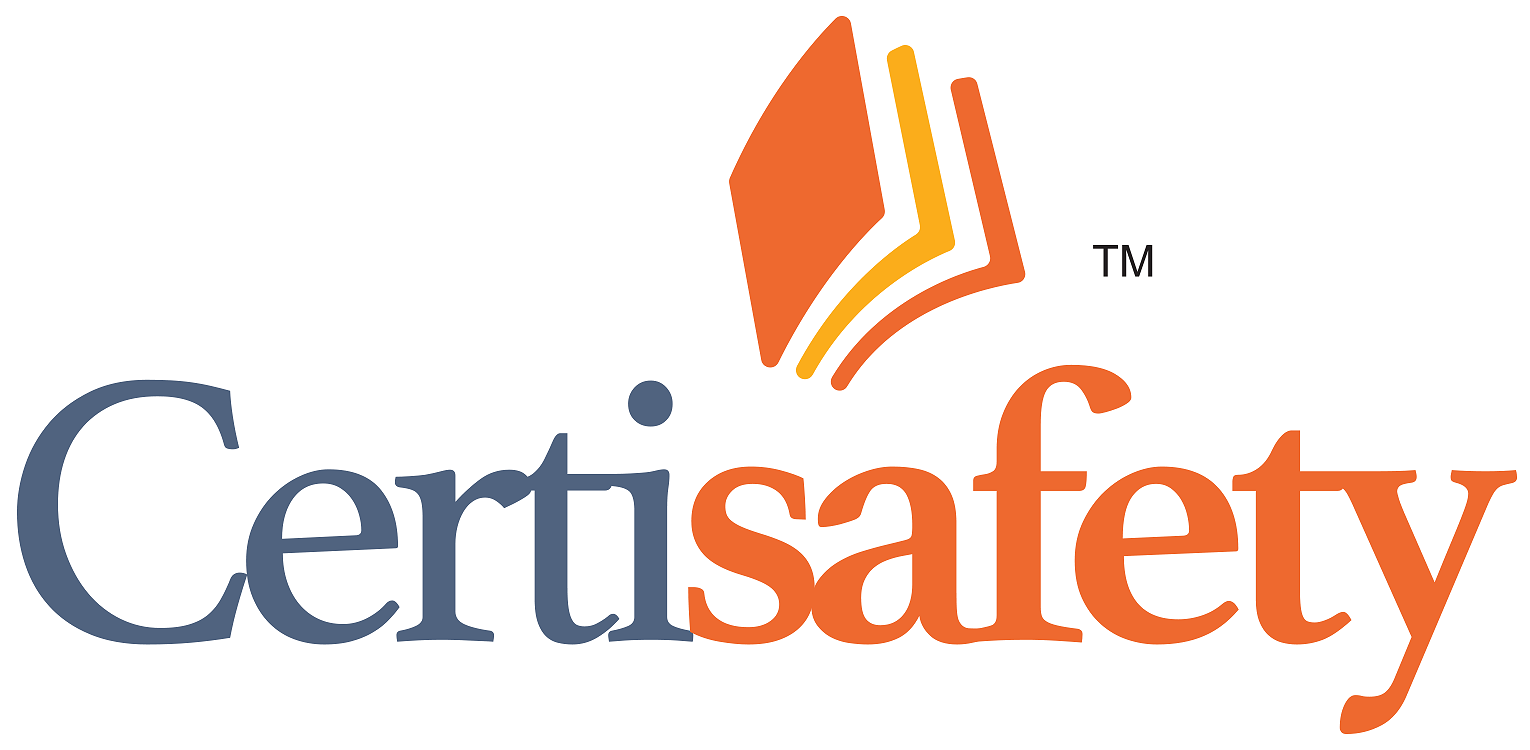

2. The purpose of an audit is to: (Brauer, 520)
3. What is a major weakness in the walk-around safety inspection process?
4. This procedure, developed by Thiokol Chemical Corporation, effectively measures results as well as performance: (Petersen, TSM, 125)
5. According to Brauer, the purpose of an audit is to: (Brauer, 520)
6. Conduct this type of analysis any time you bring something new into your worksite, whether it be a piece of equipment, different materials, a new process, or an entirely new building:
7. The findings of a safety audit should include: (Brauer, 520)
8. Traditionally, there have been two figures or variables used to measure company-wide safety performance. Which of the following describe these two measures? (Petersen, TSM, 123)
9. If a hazard has been temporarily corrected during an inspection or audit, yet requires further action, all of the following are acceptable recordkeeping practices, except: (Joseph LaDou, OH&S, 133)
10. Brauer warns that management audits must be handled cautiously so that they: (Brauer, 520)
Copyright ©2000-2018 Geigle Safety Group, Inc. All rights reserved. Federal copyright prohibits unauthorized reproduction by any means without permission. Students may reproduce materials for personal study. Disclaimer: This material is for training purposes only to inform the reader of occupational safety and health best practices and general compliance requirement and is not a substitute for provisions of the OSH Act of 1970 or any governmental regulatory agency. CertiSafety is a division of Geigle Safety Group, Inc., and is not connected or affiliated with the U.S. Department of Labor (DOL), or the Occupational Safety and Health Administration (OSHA).